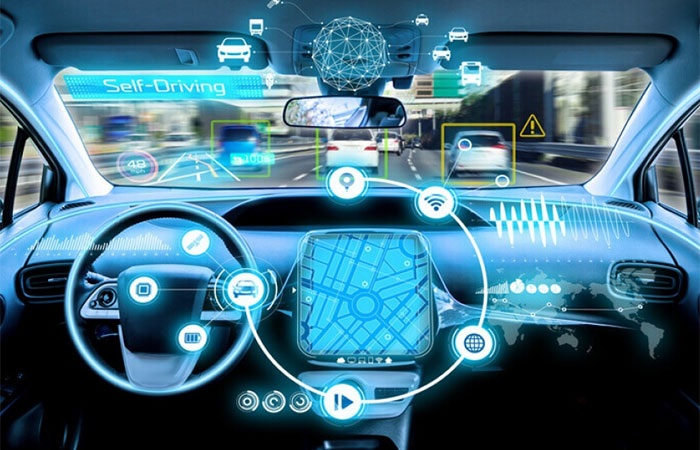Self-driving cars have brought about a revolutionary change in transportation, including the way we think about taxis. These driverless vehicles, such as those envisioned for Taxi York, have made our daily commutes easier and safer by eliminating human error. However, with this new technology comes a unique set of challenges, especially when it comes to repairing autonomous vehicles.
Unlike traditional cars, self-driving vehicles require a higher level of expertise and specialized equipment to diagnose and repair. To start with, the car’s computer system needs to be thoroughly inspected, and specialized diagnostic tools are required to identify any issues that may have caused the car to malfunction. This means that mechanics need to be experts not only in traditional automotive repair but also in computer programming and electrical engineering.
Apart from expertise, repairs for autonomous cars are expensive. The sophisticated technology used in these cars increases the complexity and cost of their components. For instance, sensors used in these vehicles are highly advanced and require a lot of labor and expense to replace. Additionally, the cost of retooling repair shops and mechanics to handle self-driving cars’ complexities further adds to the expensive nature of these repairs.

Another challenge faced in repairing autonomous vehicles is access to data. Self-driving cars are programmed to collect various data from onboard sensors, including speed, acceleration, braking intervals, and other operational data. This data is crucial in diagnosing technical issues and providing appropriate solutions. However, much of this data is proprietary and controlled by the car manufacturers, making access to this information difficult for third-party repair shops and mechanics.
The rapid advances in technology mean that repair shops and mechanics need to keep up with the latest technologies and techniques. Manufacturers are continuously updating their self-driving car technology, and repair shops most adapt to those changes promptly. With new parts and technologies being introduced regularly, mechanics have to constantly attend training programs and stay informed about emerging trends in autonomous vehicle repair.

Repairing autonomous vehicles poses a unique challenge that is different from the traditional automobile repair. The deeper expertise required, the high cost of repair, restricted access to crucial data, and continuous need for technical updates all contribute to the challenging nature of autonomous car repairs. Nevertheless, the prospect of safer and more efficient transport with these vehicles makes the challenge well worth it. As technology continues to develop, repair shops and mechanics across the globe must adapt to overcome and navigate the unique challenges of repairing self-driving cars.

 Fuel Card Data: The Key to Smarter Fleet Management and Cost Control
Fuel Card Data: The Key to Smarter Fleet Management and Cost Control  Car AC Repair: Diagnosing and Fixing Weak Airflow
Car AC Repair: Diagnosing and Fixing Weak Airflow  How Exotic Car Leasing Works: A Beginner’s Guide
How Exotic Car Leasing Works: A Beginner’s Guide  Red Flags to Watch for at Any Car Dealership
Red Flags to Watch for at Any Car Dealership  PTFE Films in Automotive Wire Harness Protection
PTFE Films in Automotive Wire Harness Protection  How Weather Conditions Affect Car Headlights
How Weather Conditions Affect Car Headlights  Importance of Car Door Inspections During Servicing
Importance of Car Door Inspections During Servicing  Essential Role of Household Battery Backup for OSA Patients and Introducing Jackery Explorer 1000 Plus Portable Power Station
Essential Role of Household Battery Backup for OSA Patients and Introducing Jackery Explorer 1000 Plus Portable Power Station  The Importance of a Spacious Interior in a Modern Family SUV
The Importance of a Spacious Interior in a Modern Family SUV 




